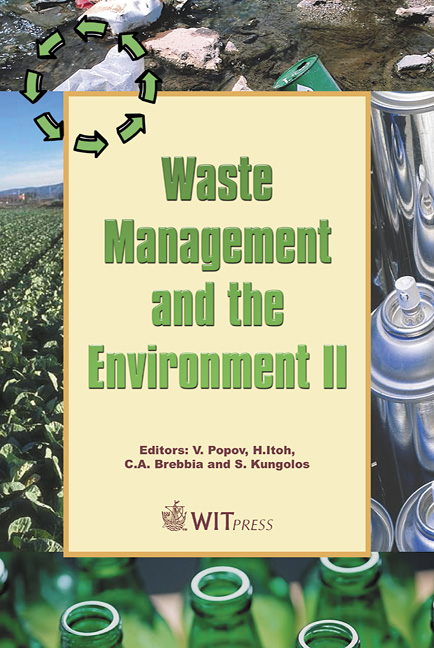Seawater Desalination By Using Salinity – Gradient Solar Pond Technologies
Price
Free (open access)
Transaction
Volume
78
Pages
6
Published
2004
Size
231 kb
Paper DOI
10.2495/WM040611
Copyright
WIT Press
Author(s)
A.-K. M. Hussain & R. M. Y. Edaayf
Abstract
Natural sources of fresh water for drinking are limited in the arid regions located along a seashore. The typical seawater has a salinity of about 35x103 p.p.m of which 30x103 p.p.m is NaCl. The accepted quality standards for drinking water are 5x102 p.p.m of (T.D.S) and 2x102 p.p.m of NaCl. The energy needed for desalination processes in arid regions can be obtained from the Sun by using the salinity-gradient solar pond technology. The cost of developing this technology in the arid regions and developed countries located in the Middle East and North Africa, where solar energy and abundant salty water are avaiable, is usually much lower compared to that in advanced countries. In this paper, an attempt is made to study and analyse the course of technology advancement in solar ponds. This paper summarizes the efforts wanted on solar pond development in Libya. This paper outlines the various technical problems that have to be solved during the construction and operation period of the solar pond and gives suggestions for a future course of development. Keywords: seawater, desalination, salinity – gradient, solar pond, technologies, sun, Middle East, North Africa. 1 Introduction The total amount of seawater in the World amounts to about 4 x 1020 m3 and would constitute unlimited resources of raw water for coastal areas. The salinity of seawater means the total quantity of dissolved salts (T.D.S). The salinity of seawater in the World is classified as shown in table 1, Sverdra et al [1]. Many arid areas are situated along the seacoast. If saline water could be converted to fresh water (by any desalination process) at acceptable cost,
Keywords
seawater, desalination, salinity – gradient, solar pond, technologies, sun, Middle East, North Africa.





